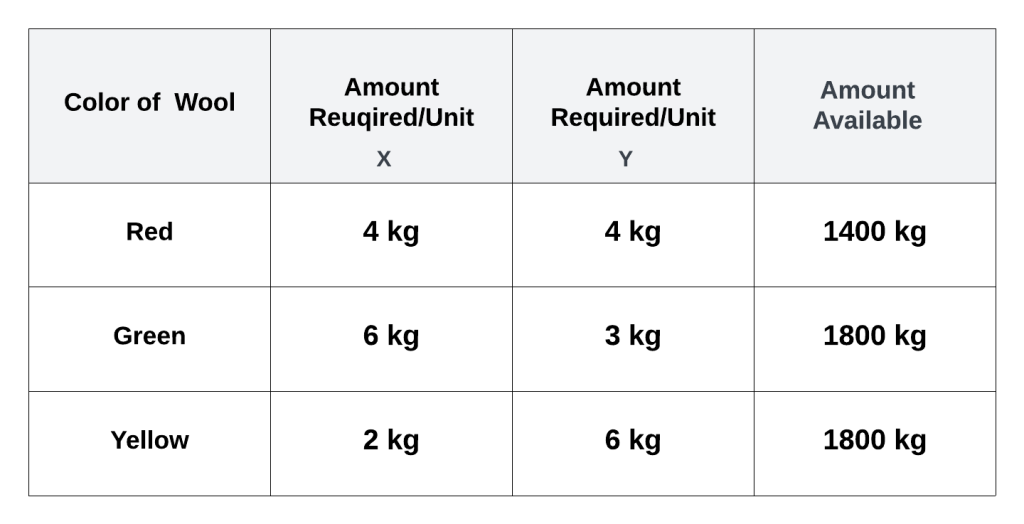
A spherical falling raindrop leaves a cloud with initial radius and negligible speed. As it passes through the atmosphere, its mass increases at a rate proportional to the product of its surface area and speed
Assume its density is constant, show that its radius
increases linearly with
its distance below the cloud.
If is very small show that the acceleration of the raindrop is approximately
Show also, when
is very small, the equation that governs the motion of the raindrop can be written in the form
where Verify that the equation has solution
and show that the acceleration of the raindrop is
We know the mass of the spherical raindrop
and, from “its mass increases at a rate proportional to the product of its surface area and speed”:
Consequently,
When is small (
),
the raindrop’s radius increases linearly with its distance below the cloud.
Applying Newton’s second law to the falling raindrop,
We find from
as follows:
i.e.,
Now consider where
:
That is,
Hence, (5) is an equivalent of . Its simplified form is:
Substituting into
gives
is a solution of
Since , we now have
By (4), the acceleration
Exercise-1 Verify the raindrop’s acceleration by solving differential equation (hint: see “Whispering Waters: Unveiling the Dance of Raindrops Within Clouds“)





